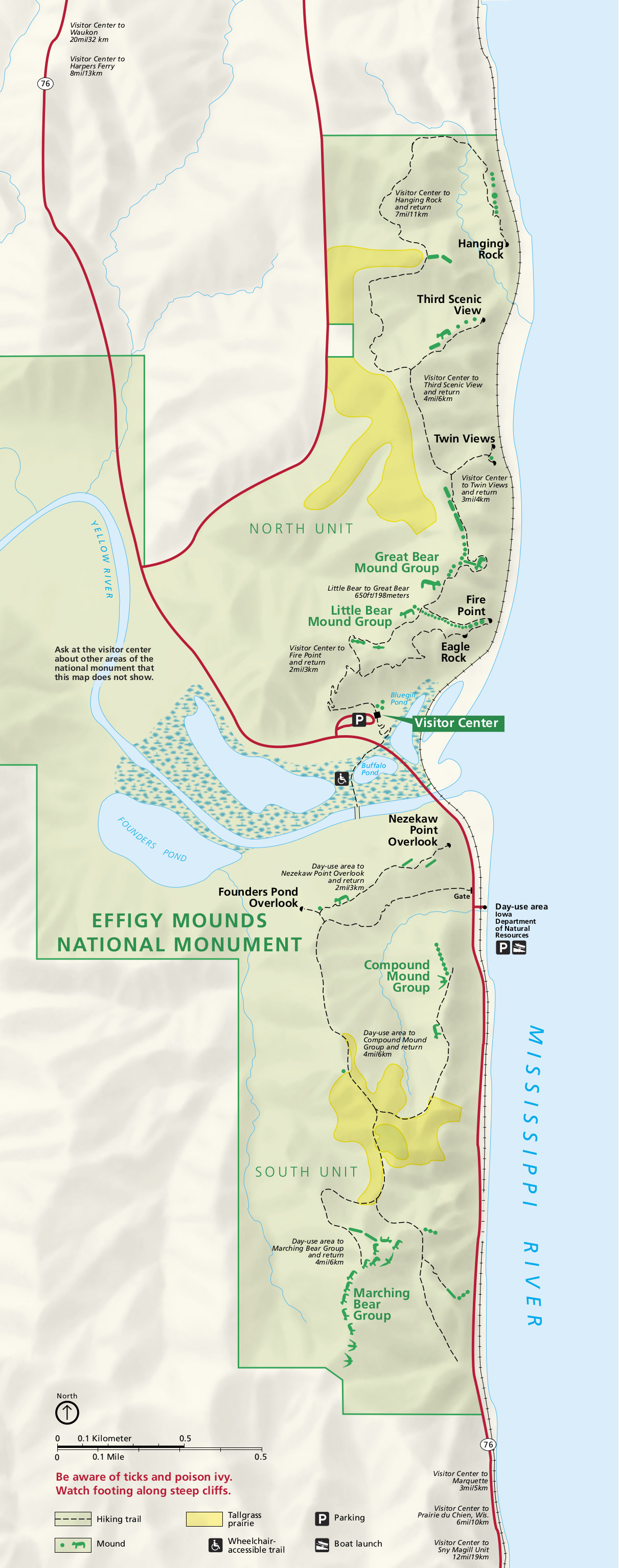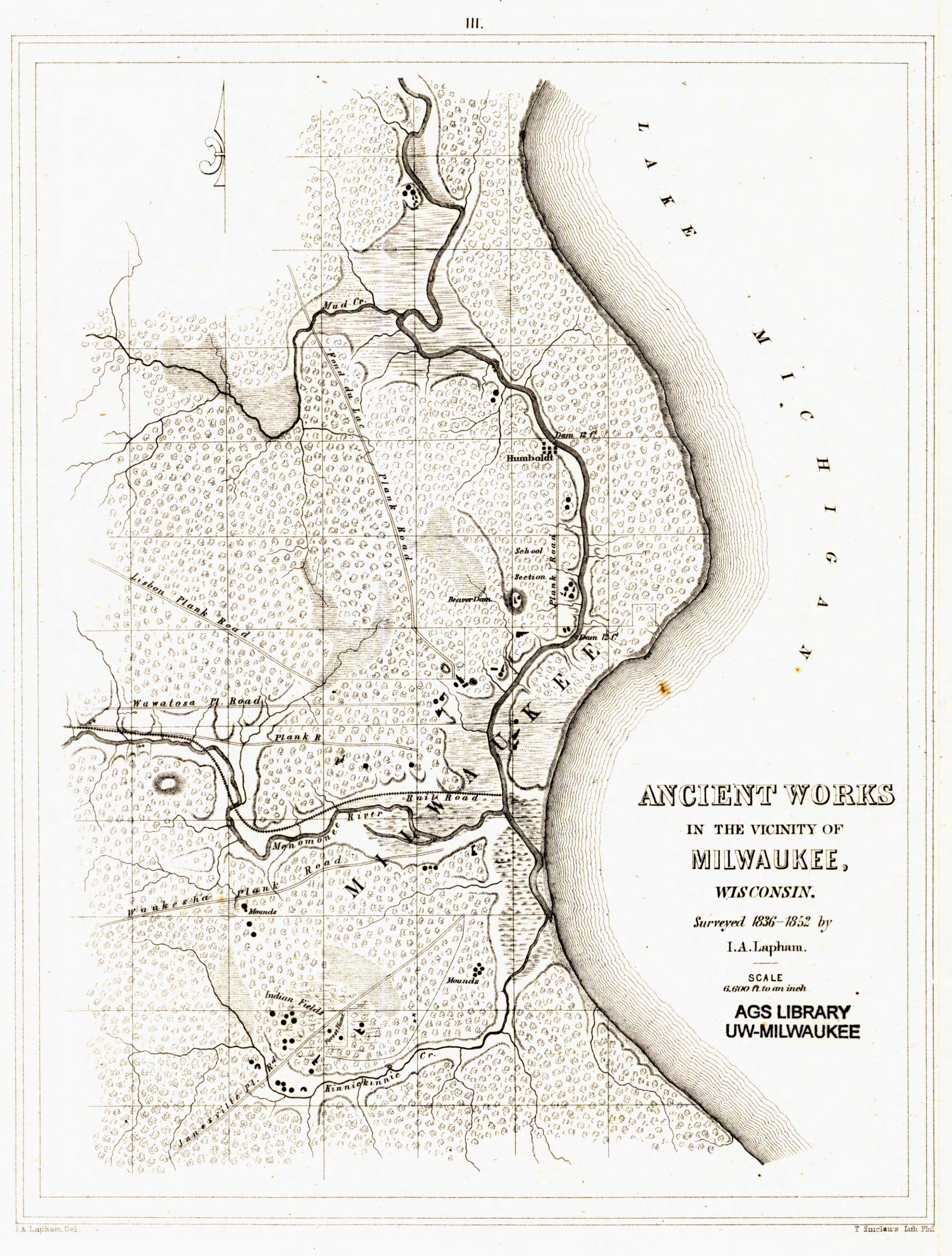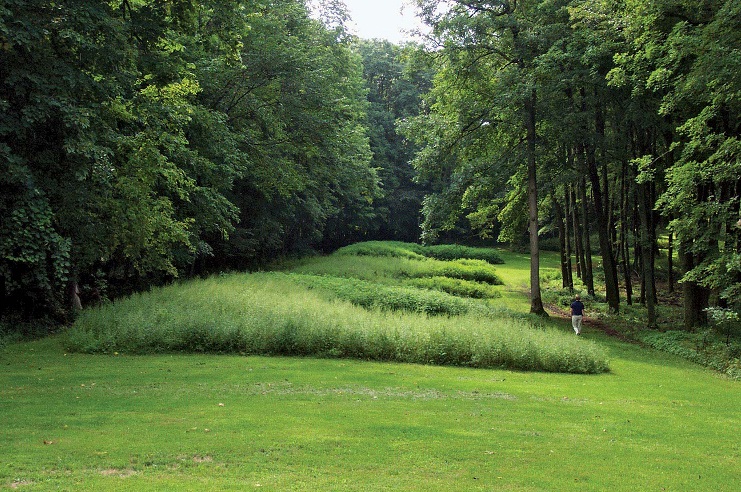Tracing Ancient Footprints: Unearthing America’s First Maps at Effigy Mounds
Forget the meticulously folded paper charts or the glowing screens of GPS devices. Imagine, instead, maps etched into the very earth, monumental in scale, infused with spiritual power, and designed to guide not just travelers across physical terrain, but souls through cosmic landscapes. This is the profound, often overlooked, reality of Native American effigy mounds, and nowhere is their silent, powerful narrative more accessible than at Effigy Mounds National Monument in northeastern Iowa. To visit this sacred ground is not merely to hike through a scenic landscape; it is to walk upon the ancient maps of a forgotten civilization, to decipher their symbols, and to feel the pulse of a truly indigenous understanding of place.
The concept of a "map" here transcends modern definition. These aren’t just lines on a grid; they are three-dimensional representations of sacred animals, celestial bodies, and perhaps even clan identities, built with meticulous care by the Late Woodland peoples, primarily between 750 and 1200 CE. These earthworks, often depicting bears, birds, and other creatures, served multifaceted purposes: burial sites, ceremonial spaces, and indeed, complex cartographic and cosmological markers. They are the land speaking, a vast, enduring language etched into the very fabric of the continent.
My journey to Effigy Mounds began with an almost archaeological curiosity, spurred by an interest in indigenous land use and the sheer ingenuity of pre-Columbian cultures. What I discovered was a place that utterly reshapes one’s perception of ancient North America. Perched on the bluffs overlooking the majestic Mississippi River, the monument encompasses over 200 known mounds, 31 of which are effigies. As you ascend the trails, the landscape unfolds into a breathtaking panorama of forested hills, riverine valleys, and beneath your feet, the silent testament of the past.

The true magic unfolds as you step onto the trails. The Fire Point Trail, for instance, leads you through dense woods, a canopy of oak and maple filtering the sunlight, until you emerge into clearings where the mounds lie. These aren’t towering pyramids; they are subtle, graceful undulations in the earth, often only a few feet high, yet their shapes are unmistakable once you learn to see them. Here, a massive bear, its head pointed north, its body stretching for over a hundred feet. There, a flock of birds, their wings outstretched as if in eternal flight, perhaps indicating a celestial alignment or a migratory path.
Consider the "Marching Bear Group" – a series of ten bear-shaped mounds and three bird mounds arranged in a deliberate procession. What did this procession signify? Was it a clan moving across the landscape? A story told in earth and grass? Or a spiritual journey, a pathway for the departed? The interpretive signs, while helpful, wisely leave room for contemplation, encouraging visitors to engage with the mystery, to feel the spiritual weight of these formations. This is where the "map" concept deepens. These mounds aren’t just showing where things are; they’re showing how things are connected – the land, the sky, the people, the spirits. They map a worldview.
The meticulous planning involved in their construction is staggering. Imagine generations of people, without metal tools or the wheel, moving tons of earth in baskets, shaping these colossal figures with a precise understanding of their intended form and orientation. The alignment of many mounds with solstices, equinoxes, and specific stars suggests a profound knowledge of astronomy, an understanding that the earth and sky were inextricably linked. The mounds become a terrestrial mirror of the heavens, a guide to both the physical and the metaphysical world.
Walking among these ancient earthworks, you feel a profound sense of continuity, a connection to the landscape that predates colonial boundaries and modern infrastructure. The wind whispering through the trees carries echoes of those who lived and built here, their lives intrinsically tied to the rhythm of the seasons and the flow of the mighty Mississippi. The river itself, a vast, dynamic artery, would have been central to their lives, a highway for trade, a source of sustenance, and perhaps another layer in their complex cartography.

The visitor center at Effigy Mounds National Monument is an essential starting point. It offers invaluable context, displaying artifacts, diagrams, and historical narratives that illuminate the lives of the Effigy Mound Builders. Park rangers, often deeply knowledgeable and passionate, provide guided tours and answer questions, helping bridge the gap between our modern understanding and the ancient wisdom embedded in the mounds. They emphasize the sacred nature of the site, reminding visitors that these are not mere curiosities but revered burial grounds and places of profound spiritual significance to contemporary Native American tribes. This respect for the land and its history is paramount, reinforcing the idea that we are guests on sacred ground.
What makes Effigy Mounds a truly unique travel destination is its ability to challenge and expand our definition of history and culture. It’s not just a collection of archaeological remnants; it’s a living testament to an advanced society that communicated through monumental earthworks. It forces us to reconsider what constitutes a "map" and how deeply connected ancient peoples were to their environment. These aren’t just indicators of physical locations; they are expressions of a worldview, a cosmological framework, and a deep spiritual relationship with the land. They are a navigational tool for the spirit as much as for the body.
For the adventurous traveler, Effigy Mounds offers more than just historical insights. The natural beauty of the Upper Mississippi River Valley is stunning, especially during the vibrant fall foliage season or the lush greens of spring. The trails vary in difficulty, from accessible paved paths to more challenging ascents, offering opportunities for both casual strollers and avid hikers. The solitude found on some of the less-trafficked trails allows for deep reflection, a chance to truly absorb the quiet power of the place. Imagine sitting silently beside a bear mound, the river flowing far below, and contemplating the lives of those who shaped this earth, their voices long gone, their stories etched into the very ground beneath you.
Practical Tips for Your Journey:

- Best Time to Visit: Spring and Fall offer the most pleasant weather and stunning scenery (wildflowers in spring, vibrant foliage in fall). Summers can be hot and humid with more insects.
- What to Bring: Comfortable hiking shoes are a must. Bring plenty of water, sunscreen, bug spray (especially in warmer months), and a camera to capture the breathtaking views.
- Respect the Site: Remember these are sacred burial grounds. Stay on marked trails, do not climb on the mounds, and leave no trace.
- Accessibility: Some trails, like the shorter portions leading to the Little Bear Mound, are relatively accessible, but many involve uneven terrain and elevation changes. Check with the visitor center for specific accessibility information.
- Nearby Attractions: The region offers charming river towns like McGregor and Marquette, state parks (Pikes Peak State Park offers incredible views), and opportunities for scenic drives along the Mississippi River. Consider extending your trip to explore the wider Driftless Area, a unique geological region untouched by glaciers.

In a world increasingly reliant on digital navigation, Effigy Mounds National Monument serves as a powerful reminder of ancient wisdom, of a time when the earth itself was the map, and the stories of the people, the animals, and the cosmos were etched into its very surface. It’s an invitation to slow down, to observe, to listen to the whispers of the past, and to truly understand the profound artistry and intellect of America’s first mapmakers. This isn’t just a place to visit; it’s an experience that will redefine your understanding of history, spirituality, and the enduring power of human connection to the land. Go there, walk the ancient paths, and let the earth speak its timeless truths to you.
